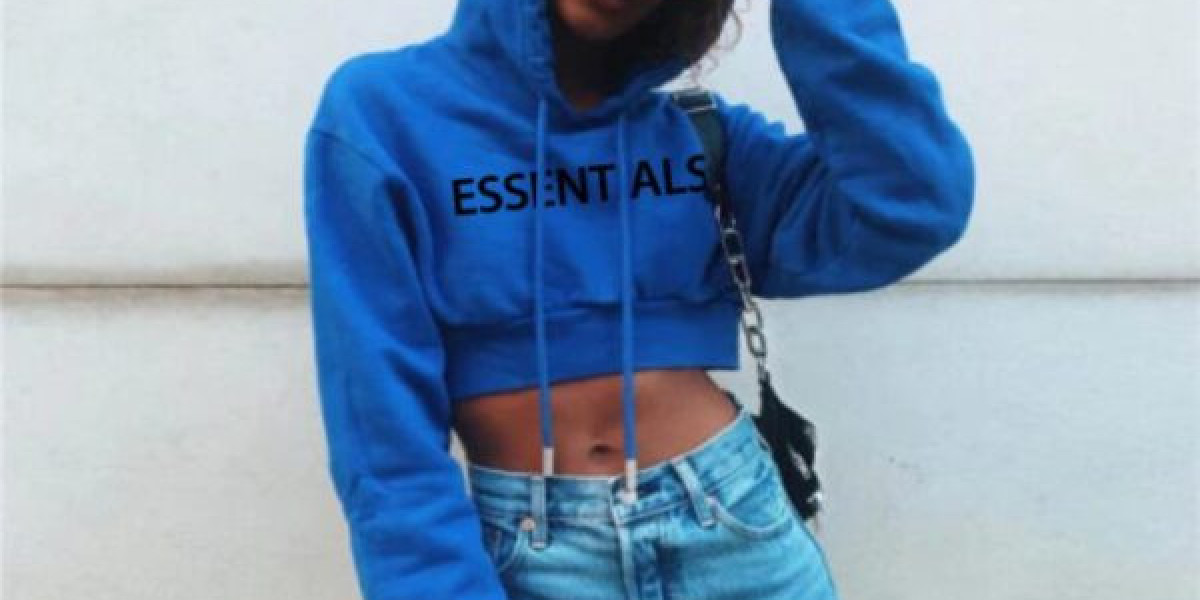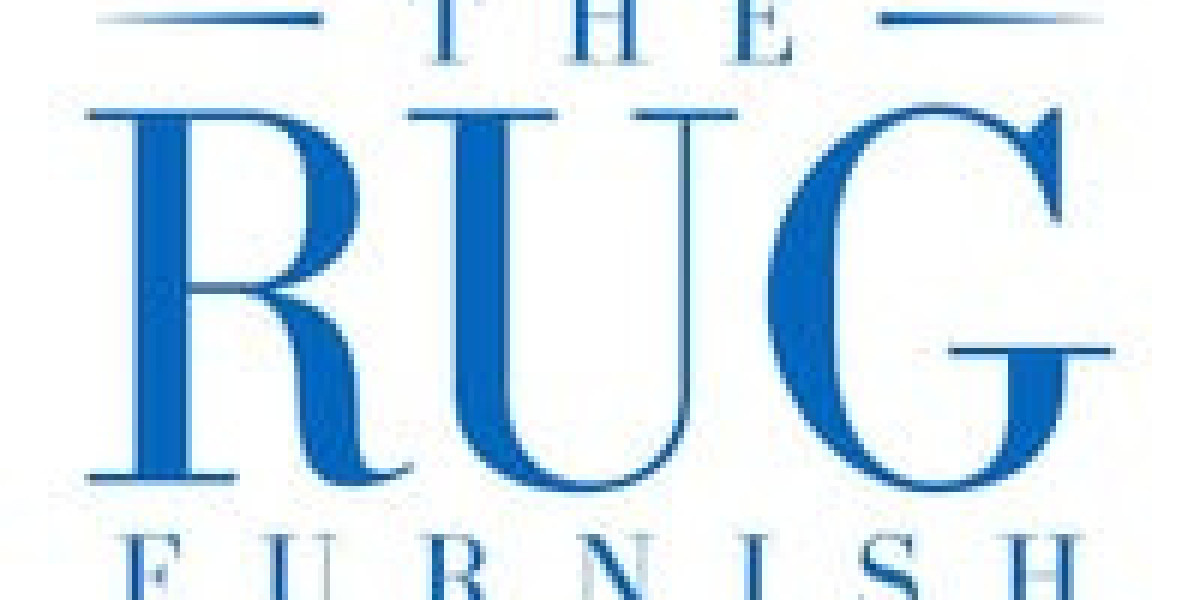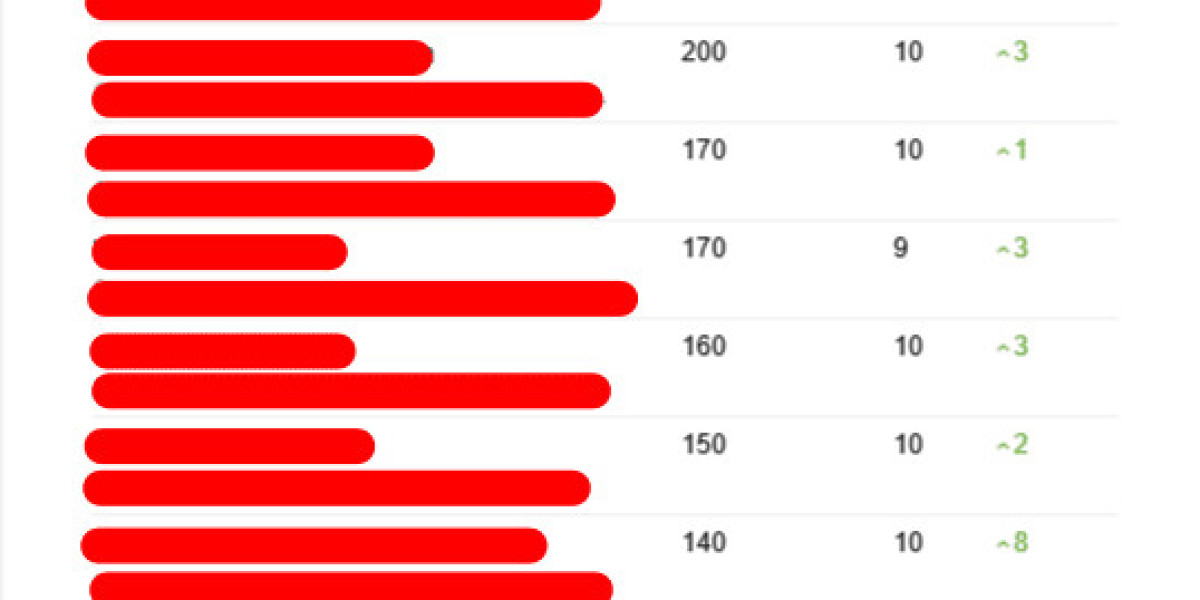In the vast world of fashion, few brands have made a lasting impact quite like Fear of God. More specifically, its sub-label—Essentials—has transcended mere trend status and firmly positioned itself as a staple in contemporary wardrobes. With its distinct approach to minimalism, elevated basics, and strong cultural resonance, Essentials Fear of God has become far more than just a fashion label—it’s a symbol of new-age luxury, rooted in simplicity and authenticity.
This article explores the evolution, philosophy, and cultural significance of Essentials by Fear of God, unpacking why it has captured the attention of fashion enthusiasts, celebrities, and streetwear purists across the globe.
The Origin Story: From Fear of God to Essentials
To understand Essentials, one must first recognize the vision behind Fear of God, the parent brand founded by Jerry Lorenzo in 2013. Unlike traditional fashion designers, Lorenzo’s background wasn’t rooted in design schools or internships with couture houses. Instead, he brought a fresh, intuitive approach to design, deeply influenced by hip-hop, sports, and the spiritual undertones of his upbringing.
Fear of God quickly became known for its luxurious, oversized silhouettes and its ability to blend street culture with high fashion. But with exclusivity came high price tags—enter Essentials, launched in 2018 as a more accessible diffusion line that retained the DNA of the main brand but offered it at a friendlier price point. The idea was simple: provide everyday people with quality garments that feel luxurious without being out of reach.
Essentials isn’t just a “budget version” of Fear of God—it’s a concept in its own right. While Fear of God leans into experimental, high-end design, Essentials focuses on uniform dressing, offering staples like hoodies, sweatpants, T-shirts, and outerwear that are timeless, neutral, and endlessly wearable.
Aesthetic Identity: Where Minimalism Meets Intentional Design
The visual language of Essentials is instantly recognizable. Clean lines, oversized fits, neutral color palettes—these aren’t just aesthetic choices; they represent a philosophy. In an era of loud branding and fast fashion churn, Essentials takes a contrarian approach by stripping fashion down to its core elements.
The brand relies heavily on muted tones like taupe, cream, grey, and black—colors that allow the wearer’s personality to shine rather than compete with the clothes. Yet, despite the understated design, every piece feels intentional. The quality of fabric, the structure of each silhouette, the spacing of the logo placement—all contribute to a sense of quiet luxury that doesn’t scream for attention but still turns heads.
Essentials garments often feature subtle branding, usually in the form of a tonal rubberized logo or reflective print. This understated approach has become a signature, giving wearers a way to signal their style knowledge without the need for bold labels or flashy graphics.
The Power of Fit: Oversized and Comfortable, Yet Tailored
Another defining feature of Essentials Fear of God is its mastery of fit. The oversized silhouette has become central to the brand’s identity, not as a trend but as a statement. In a world where many brands use "oversized" as an excuse for lazy design, Essentials has elevated the concept into a refined art.
From slightly dropped shoulders to elongated sleeves and boxy torsos, each garment is designed to drape the body in a way that’s both comfortable and flattering. The cuts are roomy but never shapeless. Whether it's the classic Essentials hoodie or the brand’s sweat shorts, every item feels thoughtfully engineered.
This relaxed fit taps into the broader shift in fashion—away from tight, constrictive clothing and towards garments that promote ease, movement, and emotional comfort. Essentials has managed to make cozy feel cool, proving that style doesn’t have to be sacrificed for comfort.
Quality That Speaks Volumes
One of the reasons Essentials stands out in a sea of streetwear is its unwavering commitment to quality. Despite being a more accessible line, the brand never compromises on materials or craftsmanship. Most Essentials pieces are made from heavyweight French terry cotton or premium fleece, ensuring they hold their structure, age gracefully, and feel luxurious against the skin.
The attention to detail is also evident in the construction—clean stitching, reinforced hems, and high-quality hardware all reflect the premium ethos Jerry Lorenzo instills across his brand’s universe. In a fashion landscape often flooded with fast fashion knockoffs, Essentials remains a trusted source for garments that truly last—both in durability and design.
Cultural Currency: Essentials in Pop Culture
Essentials Fear of God didn’t gain its cult following through traditional advertising. Instead, it spread organically, thanks in large part to celebrity co-signs and cultural alignment. From NBA players to hip-hop artists, the brand found favor among cultural tastemakers who resonated with its effortless cool and spiritual undertones.
Figures like Kanye West, Justin Bieber, Travis Scott, and LeBron James have all been spotted wearing Essentials pieces—helping catapult the brand into the global consciousness. But what’s most interesting is how Essentials transcended fame to become part of the cultural uniform. It’s not just what celebrities wear—it’s what their fans, peers, and followers want to wear too.
In an age dominated by influencer culture, Essentials has proven that authenticity still matters. The brand doesn’t chase clout; it attracts it by staying true to its roots.
Essentials as a Lifestyle: Beyond Just Clothing
What sets Essentials apart from other streetwear brands is its seamless fusion of fashion and philosophy. Jerry Lorenzo has always emphasized that Essentials is about more than looking good—it’s about feeling connected to something deeper.
There’s a spiritual, almost meditative quality to the simplicity of Essentials. The garments don’t rely on gimmicks or seasonal reinvention. They remain consistent, timeless, and rooted in values of authenticity, modesty, and intention. In a fast-moving world, Essentials offers a kind of sartorial stability—a wardrobe that feels grounded.
This has turned Essentials into more than just a clothing label. It’s become a lifestyle brand, one that appeals to individuals who value mindfulness, self-expression, and understated elegance.
The Business of Essentials: Strategy Meets Vision
Behind the creative brilliance of Essentials lies a sharp business strategy. Jerry Lorenzo’s collaboration with PacSun gave the brand a unique retail presence, making Essentials accessible in both physical and digital spaces. Drop-style releases—where product is released in limited quantities—have helped maintain excitement and scarcity, turning each drop into a highly anticipated event.
Additionally, Essentials has mastered the art of seasonal evolution without abandoning its core. Each new collection introduces slight tweaks in silhouette, fabric, or color, keeping the brand fresh without losing its identity. This is a stark contrast to the whiplash-inducing turnover of other brands, which often sacrifice consistency for novelty.
By staying true to its aesthetic while introducing minor innovations, Essentials has built a long-term business model that values loyalty over hype.
Global Reach: Essentials as a Worldwide Phenomenon
While the brand began as a U.S.-based initiative, Essentials has quickly gained international traction. Thanks to its universal appeal and minimalist design language, it has resonated with consumers across Europe, Asia, and the Middle East. Online retailers like SSENSE, MR PORTER, and END. Clothing have been instrumental in bringing the brand to global audiences.
Its neutral colors and non-verbal branding translate across cultures, making Essentials an ideal choice for the global citizen. In many ways, Essentials represents the future of fashion—borderless, inclusive, and centered around values rather than trends.
Sustainability and Future Outlook
As the fashion industry confronts its environmental impact, Essentials Hoodie has begun moving toward more sustainable practices, including responsible sourcing and longer-lasting materials. While it may not yet position itself as an eco-brand, its commitment to quality over quantity already makes it a more sustainable choice compared to fast fashion.
Looking ahead, the future of Essentials lies not in expansion for its own sake, but in deepening its roots—further refining its offerings, connecting with new audiences, and staying loyal to the vision that birthed it.
There’s also potential for Essentials to branch into other lifestyle verticals—footwear, accessories, homewear—each infused with the same minimalist, elevated DNA that defines the brand.
Why Essentials Fear of God Is More Than Just Fashion
In the end, Essentials Fear of God is not just about clothes—it’s about clarity. In a world clouded by chaos and clutter, it offers a return to simplicity. Its pieces invite us to slow down, to focus on the basics, and to find beauty in subtlety.
It’s this blend of intentional design, cultural resonance, and quiet luxury that makes Essentials a true game-changer in the world of fashion. While other brands chase trends, Essentials sets its own pace. And in doing so, it has redefined what it means to be essential.
As the lines between high fashion and streetwear continue to blur, Essentials remains a shining example of how less can truly be more—when done with heart, purpose, and timeless design.








